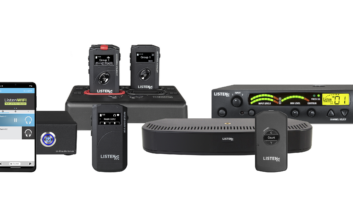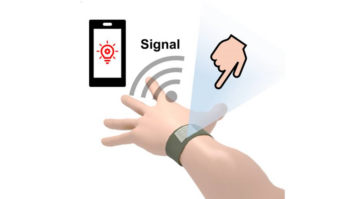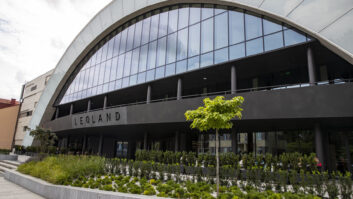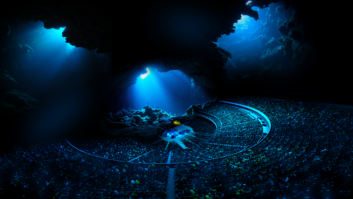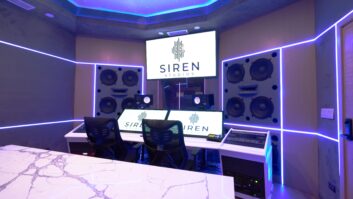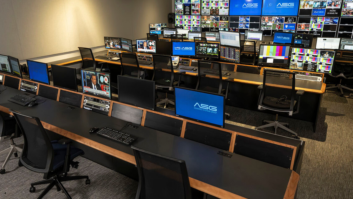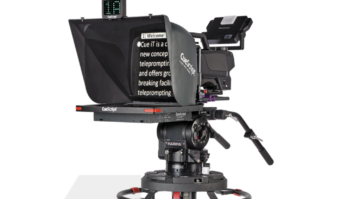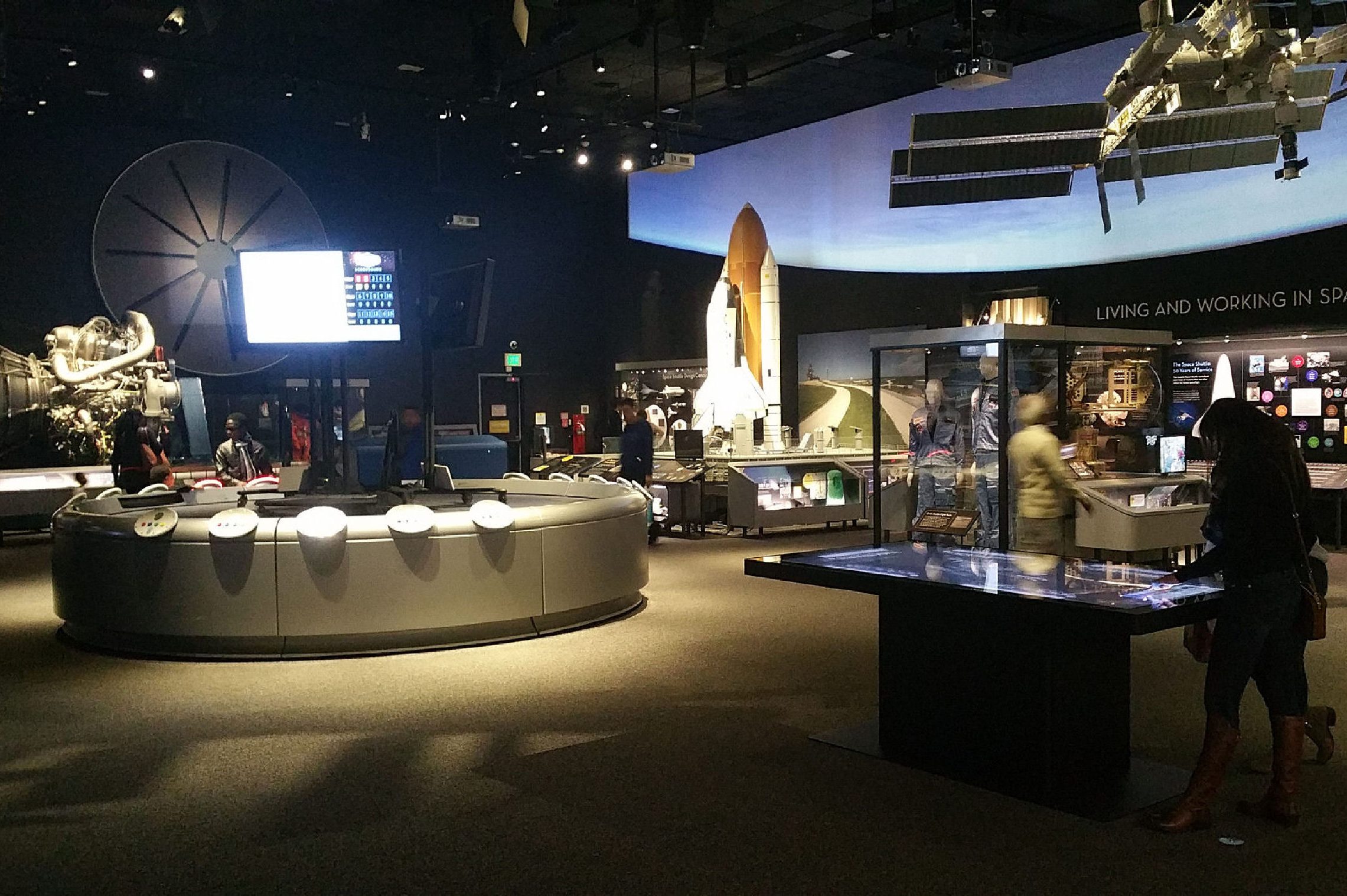
Zytronic has supplied an 84in diagonal touch sensor to the National Air and Space Museum of the Smithsonian Institution (NASM) for a recently unveiled exhibit. The museum, which displays the world’s largest collection of aircraft and spacecraft, welcomes 6.7 million visitors annually, making it the fifth most visited museum in the world.
New Mexico-based Ideum was tasked with updating one of the museum’s most heavily used exhibits – a touch-interactive table that enables visitors to design, customise and launch space station modules of their own creation. The exhibit’s legacy iteration was projection based; and while it was very popular, the table was out-dated and was becoming harder to maintain.
“The Smithsonian was looking for an update of this proven exhibit. We made some minor improvements to the interface and improved the software itself, but the biggest upgrade was to move the exhibit from a projection-based, optical touch table to a highly reliable, hardened and responsive touch table,” said Ideum’s founder, Jim Spadaccini. “We effectively rebuilt the entire exhibit from the ground-up to withstand the rigours of nearly constant use at what is one of the busiest museums in United States.”

Ideum engineered an 84in touch table and chose to use Zytronic’s touch sensor because it could be built to Ideum’s specifications, and was able to deliver the multi-touch capabilities required to support simultaneous use by up to six visitors. Zytronic was heavily involved in the design process, and was able to produce the single, bespoke design 84in touch sensor without any of the upcharges that often accompany custom work from other touchscreen manufacturers. The ZyBrid touch sensor was designed using 6mm-thick thermally toughened Anti-Glare etched glass, providing a combination of smooth ‘finger glide’ interactivity and impact resistance, and the Ideum table was manufactured in powder coated aluminium for additional durability.
To support the new hardware configuration, Ideum also redesigned the software to include key interactive elements. Specifically, once users complete their space station modules, they are able to virtually launch their module, displaying the final product at the centre of the table. Users can then email a rendering of the final product to friends or family.
